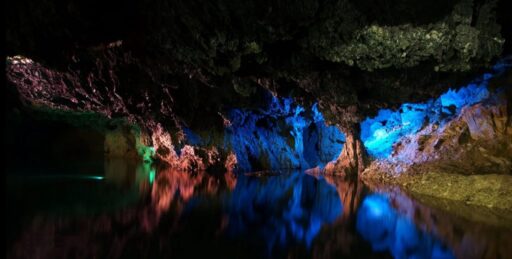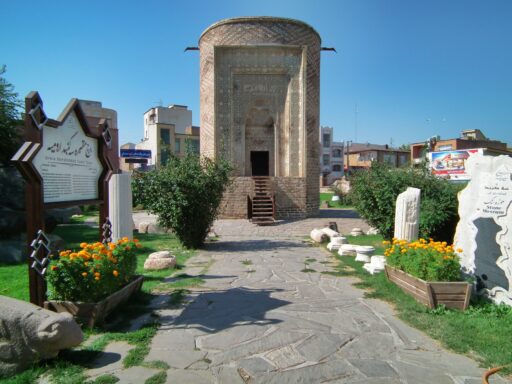Introducing Saholan Cave
Tucked away in the mountains near the city of Mahabad in Iran’s West Azerbaijan province lies the enigmatic Saholan Cave. With its massive chambers, intricate formations, and evidence of ancient human habitation, this natural wonder invites curiosity and awe. Venturing into its dim passages offers a glimpse into both geological history and human prehistory.
Saholan Cave’s Natural Formations
Stretching for over 1 kilometer into Kani Barazan Mountain, Saholan contains gigantic halls, lofty ceilings, and an array of mineral formations. Its wide, high-roofed spaces create a majestic subterranean scene. The cave’s chambers and tunnels follow along deep fissures and cracks within the mountain.
Beautiful dripstone formations including stalactites, stalagmites, columns, and flowstones abound throughout the cavern. These forms gradually developed over the eons as mineral-rich water seeped through cracks in the ceiling. The most spectacular area is the Far Hall, with an array of delicate, multicolored stalactites.
Adding to Saholan’s allure are several underground pools and streams. Their waters provide a habitat for rare aquatic cave-dwelling species. Lying 65 meters below the surface, Saholan maintains a steady cool temperature around 15°C year-round. The cave’s consistent climate facilitates ongoing growth of fragile formations.

Signs of Prehistoric Human Activity
In addition to its natural splendors, Saholan contains an important record of ancient human habitation within its galleries. Excavations have uncovered abundant evidence that people used sections of the cave for shelter dating back over 40,000 years to the Middle Paleolithic period.
Scattered throughout Saholan are stone tools fashioned by these prehistoric peoples, including sharpened flakes, blades, and hand axes. Hearths containing charcoal and ash found in several chambers reveal where early humans built fires for warmth and cooking. Excavated debris contains animal bones from meals and hunting activities.
By providing shelter and access to water, Saholan Cave allowed small bands of hunter-gatherers to survive within the surrounding rugged terrain. Ongoing studies continue to reveal insights into how early populations adapted and made use of Saholan’s spaces.

First Rediscovery and Studies
Local people in the area knew of Saholan Cave’s existence for centuries, but the extensive cavern remained little explored by the outside world until modern times. In 1951, Iranian archaeologist Yusef Majidzadeh first mapped and studied Saholan Cave. He immediately recognized its wealth of geological formations and archeological potential.
In the 1970s, more systematic excavations and surveys led by Belgian speleologist Robert de Waele revealed new underground chambers and lakes. Later Iranian teams carried out additional excavations, uncovering more Paleolithic-era stone tools and artifacts left behind by the cave’s ancient occupants. Ongoing research continues to add to our understanding of Saholan’s natural and human history.
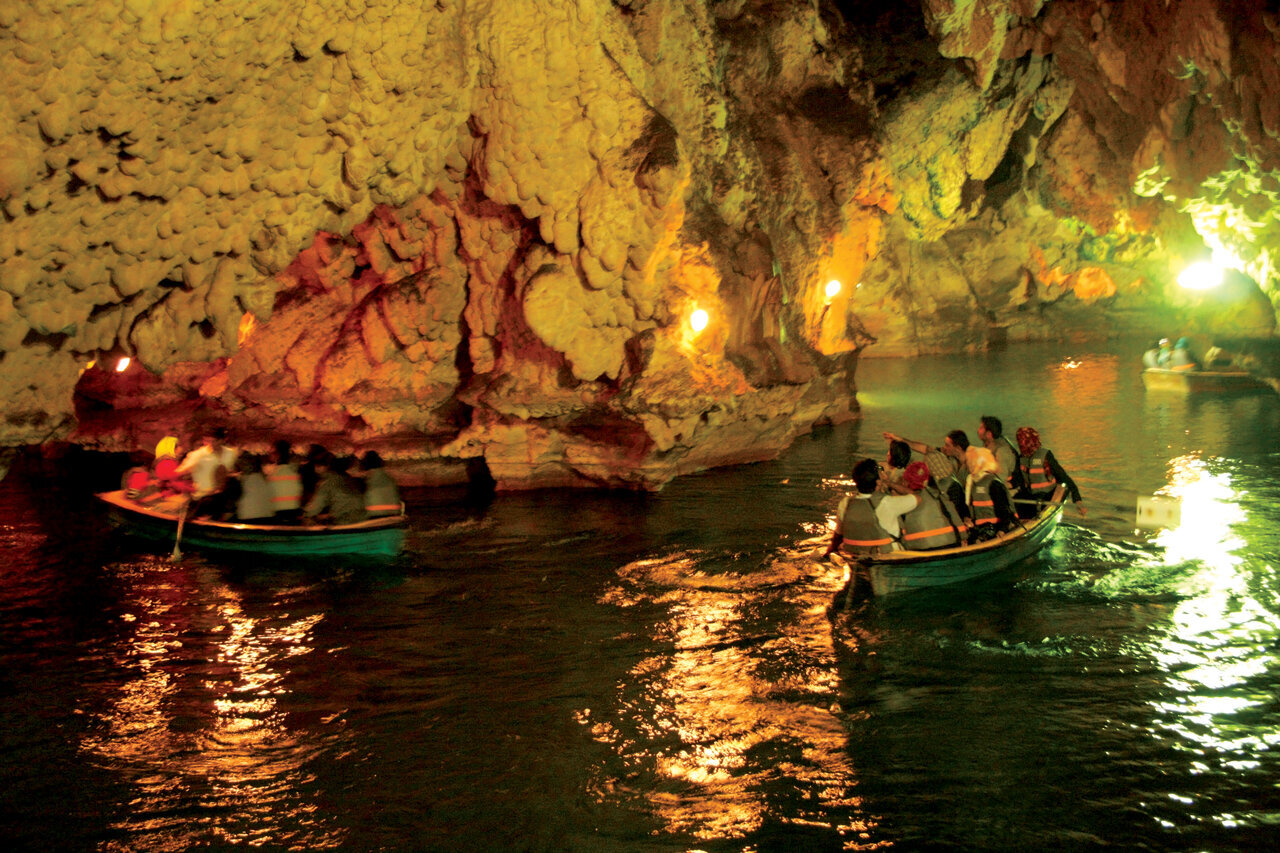
Accessing and Navigating the Cave
Reaching Saholan’s magnificent subterranean realm requires a bit of effort but rewards intrepid explorers. The cave entrance sits approximately 1,300 meters above sea level on a slope of Kani Barazan Mountain. The opening descends into the first major gallery running over 300 meters into the mountain.
This wide passage leads visitors into a series of ever more cavernous halls connected by corridors and tunnels. Two underground streams intersect parts of the cave. The scale of spaces, with ceilings soaring up to 40 meters overhead, creates an awe-inspiring environment to explore.
While open to the public, visitors must take care within Saholan’s dark maze-like interior. The Iranian Caving Club provides essential guides, direction, and lighting for navigation into the cave’s further reaches. Without support, one could easily become lost. Having a knowledgeable guide enrichs the experience within Saholan’s ancient geological wonderland.
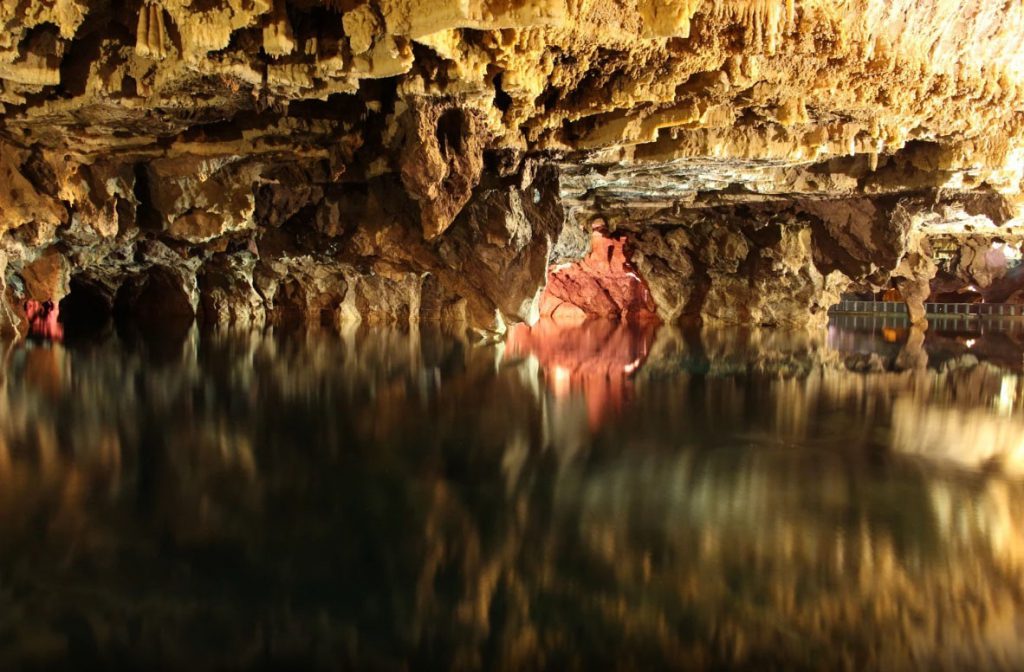
Fragile Beauty Under Threat
For millennia, the unique formations of Saholan Cave developed untouched and pristine. In recent decades, however, increased visitors and graffiti have begun degrading its fragile features. The growth of mineral deposits in caves occurs at an extremely slow pace measured in centimeters per century. Thoughtless contact can destroy irreplaceable formations and archaeological material.
Saholan today faces serious threats from both careless visitors and purposeful vandalism. Parts of the cave bear the scars of people breaking off pieces of dripstone as souvenirs. Graffiti has been widely sprayed on walls and formations throughout its galleries. Structures meant to protect areas instead clutter and spoil natural views.
Concerted efforts are now needed to prevent permanent damage and allow Saholan to recover its unspoiled subterranean beauty. Strict supervision of visitors must be paired with awareness campaigns about avoiding contact with all surfaces and artifacts within the cave. Enforcing regulations and prosecuting vandals are also essential to protect Saholan’s treasures for the future.
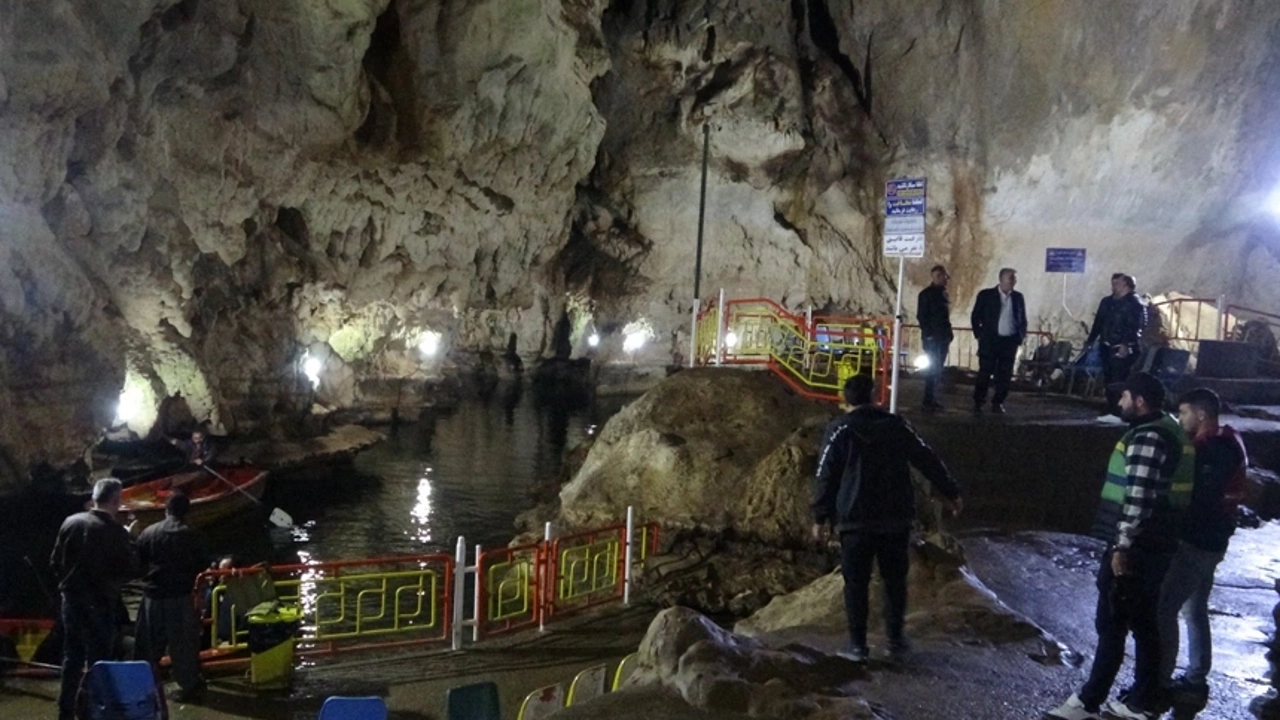
Conclusion
The chance to journey through the vast, pristine underworld of Saholan Cave is a special experience. As evidence of nature’s patient artwork and as a record of prehistoric life, Saholan holds endless fascination. This magnificent natural wonder deserves the utmost care and respect. With proper stewardship, its geological and archaeological riches will continue to be revealed and inspire awe for generations to come.

